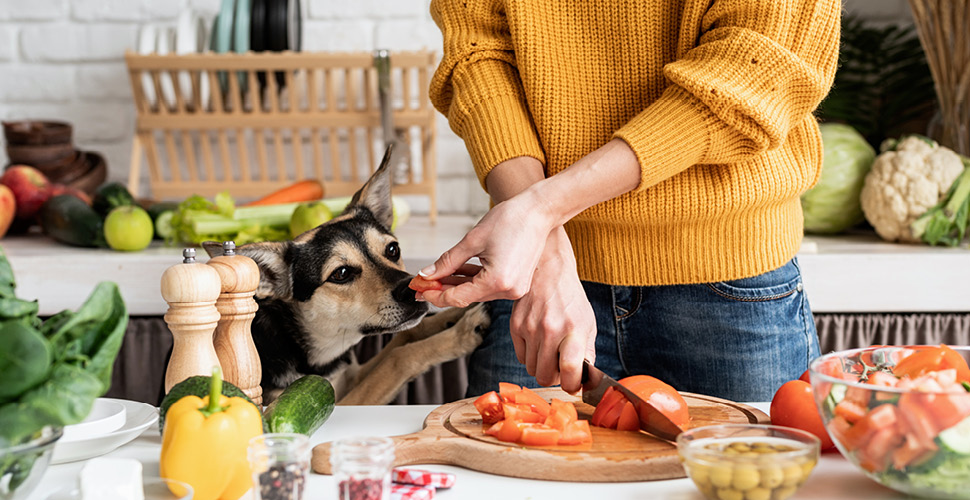As autumn descends, the cooling climate signals more than just a change in scenery; it prompts necessary adaptations in our daily routines and lifestyles. For those dedicated to the care and health of pets, this seasonal transition warrants a closer look at dietary adjustments to ensure optimal nutrition and well-being for our animals.
From decreased activity levels to the availability of autumnal produce, the changing season presents both opportunities and challenges for pet health. Whether you’re a pet parent, a trainer, a groomer, or a care facility owner, understanding and acting on these dietary nuances is pivotal to the health of the animals in your care.
1. Why Seasonal Adjustments Matter
The approach of colder months means many pets may become less active. Especially for outdoor pets, the dropping temperature may require a caloric adjustment. Moreover, seasonal produce can introduce fresh, nutritious options into their diet.
2. Nutritional Needs of Different Pets
Different pets have varied nutritional requirements:
- Dogs: As natural carnivores, their primary need is protein. However, certain vegetables that bloom in fall can be beneficial supplements.
- Cats: Strict carnivores by nature, cats rely heavily on protein. However, small portions of seasonal veggies can sometimes be introduced for added nutrients.
- Small Pets (like rabbits or guinea pigs): These herbivores enjoy fresh leafy greens, many of which are abundant in fall.
3. Beneficial Seasonal Produce
Autumn brings a bounty of produce that can be safely shared with pets:
- Pumpkin: A staple of the season, pumpkin is rich in fiber, helping with digestion. It’s also a hit among dogs and can even be given in pureed form to cats.
- Apples: Removing the seeds and core, apples can be a crunchy treat for dogs and even some pocket pets.
- Carrots: A great low-calorie snack for dogs, and a favorite among many small pets.
- Green Beans: An excellent filler that can help dogs feel full without added calories.
Always consult with your vet before introducing any new food into your pet’s diet.
4. Adjustments for Indoor vs. Outdoor Pets
- Indoor Pets: Their activity level might remain consistent throughout the year. However, consider introducing seasonal treats and ensure they maintain a balanced diet.
- Outdoor Pets: As the temperatures drop, outdoor pets might require more calories to help maintain body heat. Ensure they have enough protein and healthy fats in their diet.
5. Hydration is Key
While we often emphasize hydration during the hot summer months, it’s equally essential in the fall. Ensure your pets always have access to fresh water. You can encourage hydration by using Kinn Kleanbowl or by adding bone broth or pet-safe flavoring to your pet’s water. Dehydration in the winter in pets and people is sneaky so watch out.
6. Beware of Toxic Foods
While autumn brings many safe and nutritious foods, some are toxic to pets. Always avoid giving grapes, raisins, onion, garlic and any food items containing xylitol to pets.
7. Consult with a Nutritionist or Vet
Every pet is unique. Consider booking an appointment with a pet nutritionist or your vet to discuss the best dietary adjustments for your individual pet’s needs. This can help you better understand your pet’s nutritional needs as they change throughout the year.
Autumn is a time of transformation. The shift in seasons isn’t just a visual treat but a reminder to reevaluate and adjust our routines, including the dietary habits of our pets. Proper nutrition is a pillar of good health, and timely adjustments can ensure our pets remain vibrant and active throughout the season. As the leaves change, let’s commit to ensuring our pets receive the nourishment they need, paving the way for a healthy, hearty winter. 🍁🐾🍂


